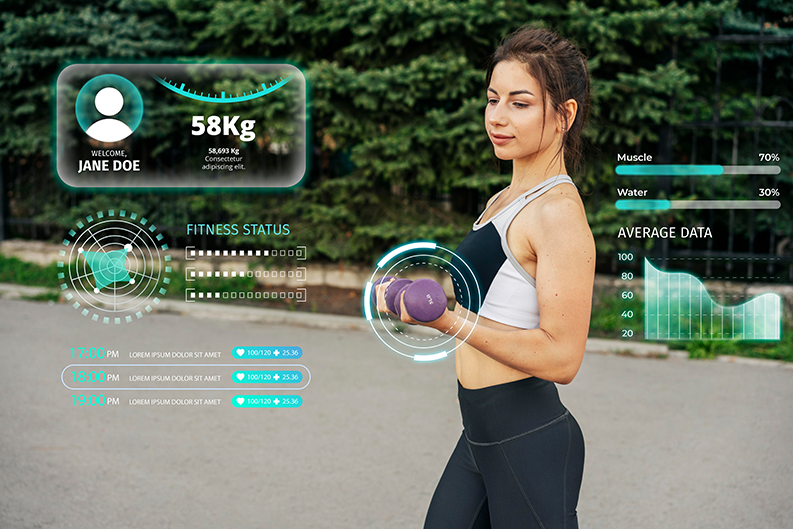Tracking Physical Activity: How to Use Metrics to Optimize Your Fitness Routine
Celebrate Milestones and Progress: Acknowledge and celebrate milestones and improvements in your metrics. This positive reinforcement can boost motivation and keep you engaged in your fitness routine. Recognize and appreciate the progress you’ve made, whether it’s running an extra mile or lifting heavier weights.
Periodic Assessments: Conduct periodic assessments, such as fitness tests or measurements of specific metrics, to gauge your overall progress. These assessments can help you evaluate your fitness level, set new goals, and make necessary adjustments to your routine.
Seek Professional Guidance: Consider consulting with fitness professionals or trainers who can interpret your metrics and provide expert guidance. They can help you analyze the data, suggest appropriate adjustments, and design a customized fitness plan based on your goals and metrics.
Set Clear Goals: Start by setting clear and specific fitness goals. Whether it’s increasing endurance, improving strength, or achieving a specific milestone like running a certain distance, having clear goals helps you track progress and stay motivated.
Choose Relevant Metrics: Identify the metrics that align with your goals and fitness activities. Examples of commonly tracked metrics include steps, distance, duration, heart rate, calories burned, and pace. Select metrics that provide meaningful information for your specific activities and objectives.
Utilize Technology: Take advantage of fitness tracking devices or apps that can monitor and record your metrics. Wearable fitness trackers, smartphones, or dedicated fitness apps can provide accurate measurements and real-time feedback during your workouts.
Monitor Progress: Regularly review your metrics to monitor progress and identify areas for improvement. Look for trends, changes, or patterns in your data. This can help you track improvements in performance, identify plateaus, or spot any potential issues that may require adjustments to your routine.
Adjust Intensity and Volume: Analyze your metrics to gauge the intensity and volume of your workouts. For example, heart rate data can help determine whether you’re working within your target heart rate zone for cardiovascular fitness. Adjust the intensity and duration of your workouts based on your goals and the feedback from your metrics.
Track Recovery and Rest Days: Monitoring metrics like heart rate variability (HRV) or sleep can help assess your recovery and determine if you need additional rest days. Paying attention to these metrics allows you to strike a balance between training and recovery, minimizing the risk of overtraining and injury.

